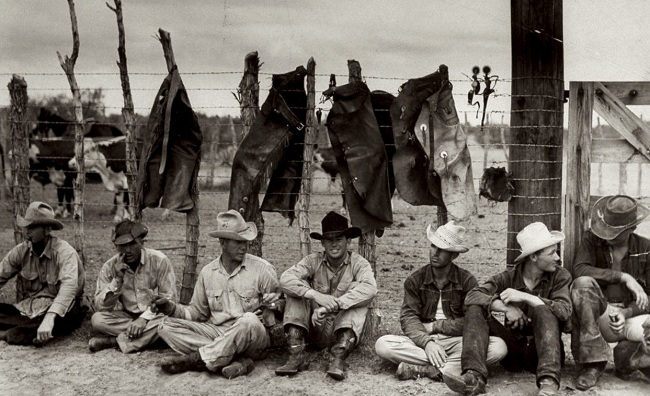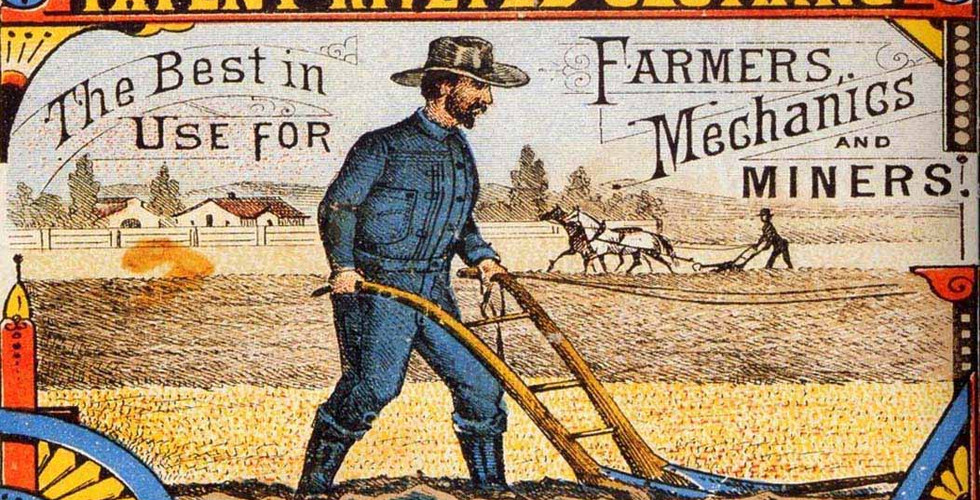Denim`s Heartbeat
- Ebru Debbağ

- Jan 5, 2020
- 4 min read
Updated: Jan 13, 2020
Denim has embarked on its journey of building a collective history and collective creativity throughout its existence and has urged and inspired both its consumers as well as manufacturers to look at the world with a true ecological lens. Denim has the connecting a power of telling stories that are simply beautiful and humane and for today I will not go into the factoids about the sustainable practices around denim and just try to tell a story built on dreams.
Word “denim” comes from fabric "Serge de Nimes" made in France city of Nimes from where it originates. The word Jeans come from Genes a name which was given to the Italian city Genoa by the French. The fabric was mainly used on the sails of the boats due to its strength. In the 1800s, in the time of the Gold Rush, American gold miners needed clothes that were strong, lasted longer and did not tear easily. Levi Strauss, a businessman, and Jacob Davis, a tailor, supplied miners with denim pants that were made from durable material and reinforced with rivets at the places where pants tended to tear which prolonged life of pants. This marked the beginning of the legend of jeans and brand Levi Strauss.
Denim found its way to Japan during the mid-20th century, after the Second World War as the Japanese consumer had an interest in the American fashion. Indigo dyed fabrics already existed in Japanese traditional crafts such as kimonos and hand towels which were used by the common people. After the 1950s America abandoned the wide use of shuttle looms to increase efficiency on mass production of denim and Japanese manufacturers gained momentum as they engaged in the production of artisan, authentic denim fabrics with selvedge. The Japanese denim heads wore their jeans as raw and were not interested in the industrial wash process. Their jeans aged with them and became pieces of clothing that they broke in with their life stories. At the beginning of the 2000s Japanese manufacturers moved out of Japan mainly to China to be able to meet the increasing costs of manufacturing for the mass global market. In contrast to this development, today Japan’s Okayama Prefecture; known as the Mecca of Denim Jeans due to the artisan, premium jeans production became home to world-known Japanese brands. Denim as a fashion concept may be imported to Japan, but premium Japanese denim has been uniquely re-interpreted by the artisan brands which take their inspiration from tradition.
Two Villages One Story
Ever since I started travelling to Japan in the early 2000s for inspiration, one local brand attracted me the most. Kapital stores in Tokyo are “hidden” gems and they present an experience rather than mere clothes and come in most peculiar designs where you feel like entering into a huge tent or perhaps a house in a not so crowded side-street. I would create stories in my mind as I browsed through each single piece and could not help but buy a piece or two for my Kapital treasure hunt collection. Kapital represented a modern interpretation of artisan craft and the collections always felt like a humble appreciation of tradition and love for clothes. Kapital is like a maker` movement where each piece represents and idea, almost an attitude, made to perfection. Back in 2011 after many visits to Japan and thinking about the traditional weaving practices in Turkey, I paid a visit to Buldan; village with 15,000 population in the Aegean region and co-designed and lead a project for a leading denim mill. The idea was to weave denim in 150-200 wooden, hand-made shuttle looms and bring out the best of the two worlds of denim and traditional weaving together. Buldan had been home to weaving in the 13th century and there were 1500 weaving looms at the end of the 19th century whereas only a few hundred remained at the beginning of the 2000s. The looms were located in the backyards of the elderly weavers who still worked for 8-10 hours a day and mainly produced a local touristic fabric called the Buldan fabric which did not bring in a lot of earnings and this was one of the reasons why the younger generation chose to move out of Buldan rather than following tradition. It was incredible to watch the hands of the old man and hear the tune of his loom – he would later tell me that his heartbeat and the loom are in tune and that is how he weaves fabrics. Each beat meant a loop and his being was in sync with the fabric. Right at that moment I knew I had to find a way to reach out to Kapital to tell the story and to make Buldan and Kojima known to each other.
I took a trip to Kojima to visit Kapital and was fortunate to meet Mr. Hirata; Kapital`s founder and tell him the story of Buldan and although the project did not materialize as we imagined we still built a connection between Buldan and Kojima and some other denim dreams. It is not only artisan heritage but also leadership and passion that brings dreams alive and thus Kapital and many other Japanese brands set in the region thrived. Although the Kapital and Buldan connection did not materialize, Buldan was recognized at multiple global platforms and the weaver`s heartbeats were fabric to many who appreciated them. The beautiful denim shawls woven on the shuttle looms were presented in Tokyo and Paris and later on sold in at Nudie Jeans stores in Sweden as well as at the Vintage Showroom store in London. I presented the beauty of this humane connection made possible through denim beyond borders and time at the Marketing Summit in 2012 in Istanbul where many participants have been moved by the mere possibility of this connection. The Truth of the Loom documentary film directed and shot by Luca Babini was a finalist at the 2013 London WGSN Fashion Awards.
What makes denim so unique is its power, relentless creativity, timeless beauty, its storytelling and the passion and the will that the denim community has. What time is better than this new decade to collaborate to give denim and jeans the value they deserve and its heartbeat?
























Comments